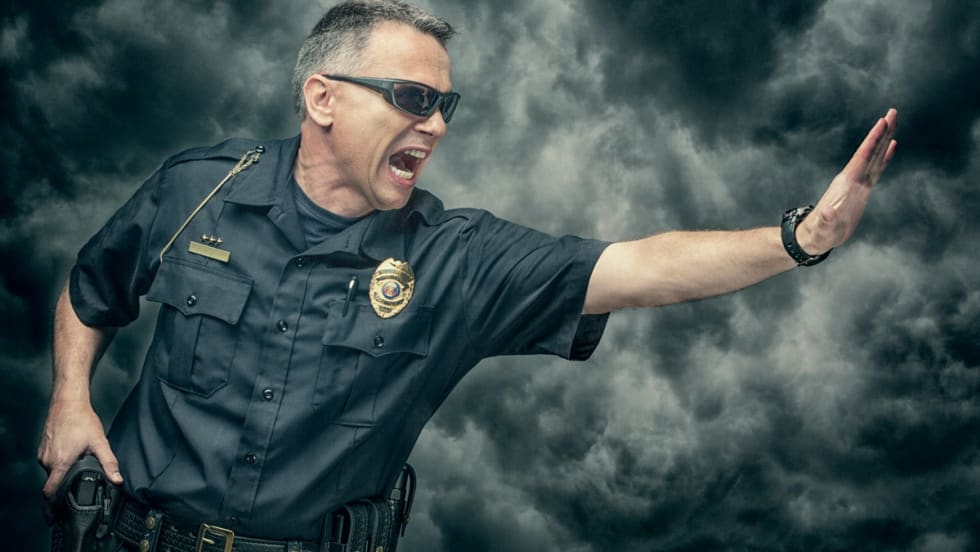
Is the law on use of force really changing? What is science saying about bias? What can you do to be safer on the job?
Read More →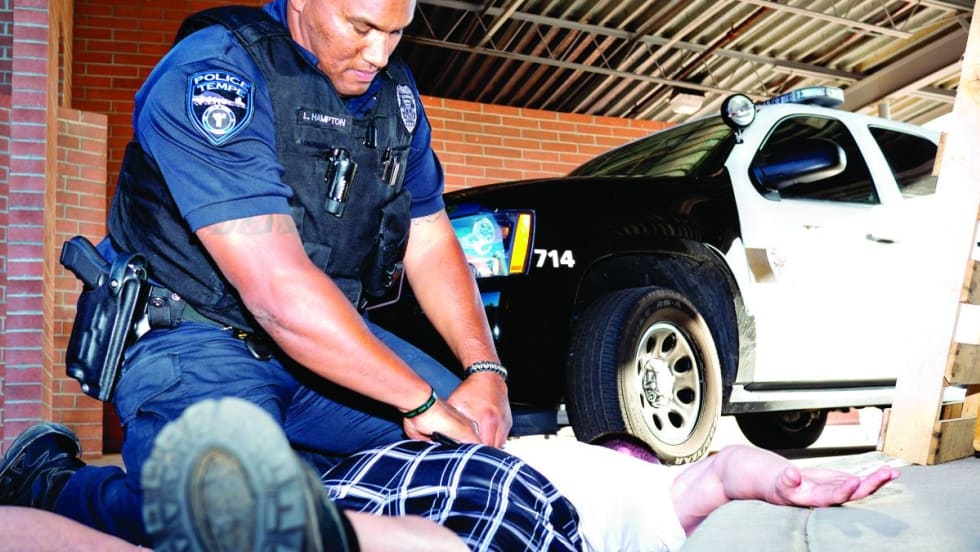
Some agencies have policies and training that are not current with the law.
Read More →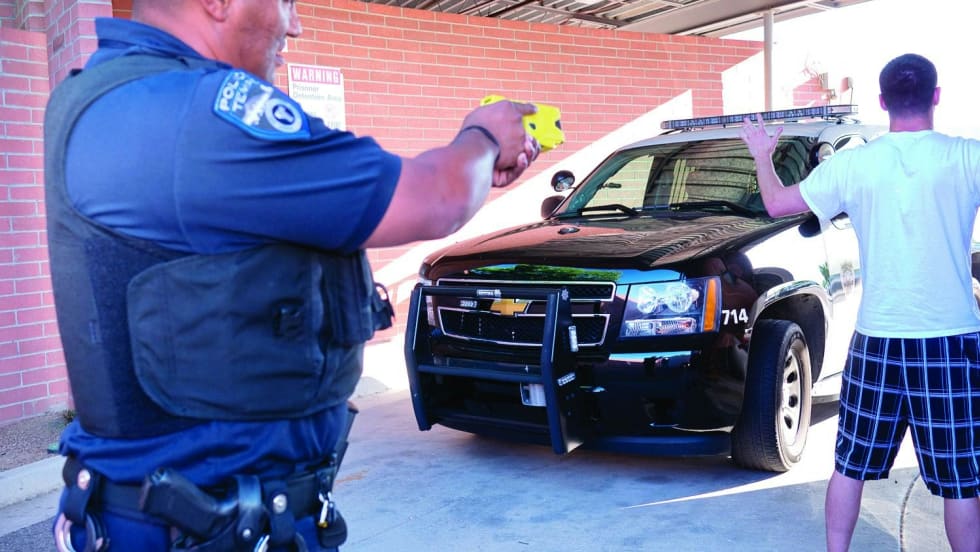
The time has come to talk about not just where we've been and where we are with tactics and training, but where we're going and how to get there.
Read More →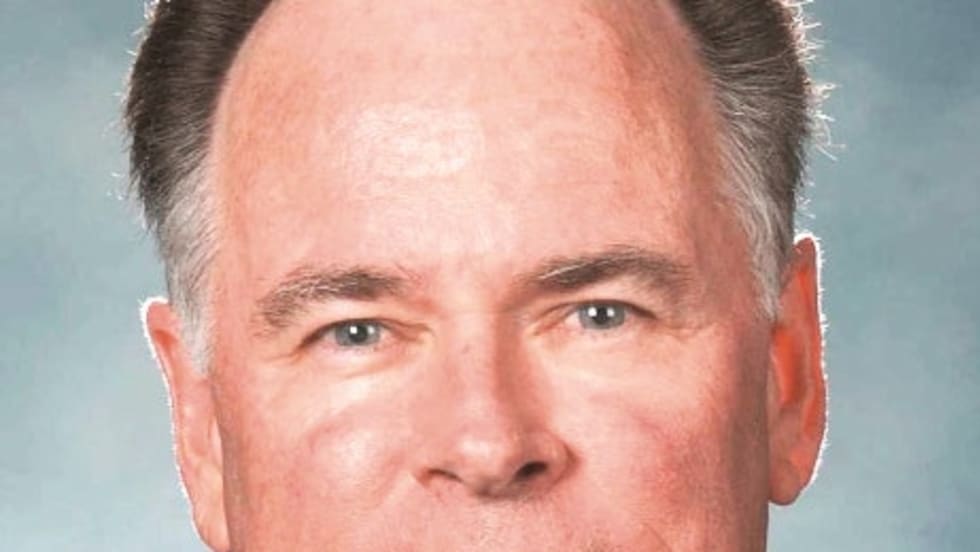
Your profession is dangerous, but you can improve your odds by educating yourself and by being careful on the job.
Read More →Perhaps the value of the loud noise about de-escalation is to re-emphasize the need to conduct intense training that teaches us to distinguish between those challenging incidents where it is wise to wait, talk, get backup, get nonlethal weapons, get a supervisor, and make a plan versus those incidents where it is proper to take the risk, rush in, and save the life.
Read More →Perhaps the value of the loud noise about de-escalation is to re-emphasize the need to conduct intense training that teaches us to distinguish between those challenging incidents where it is wise to wait, talk, get backup, get nonlethal weapons, get a supervisor, and make a plan versus those incidents where it is proper to take the risk, rush in, and save the life.
Read More →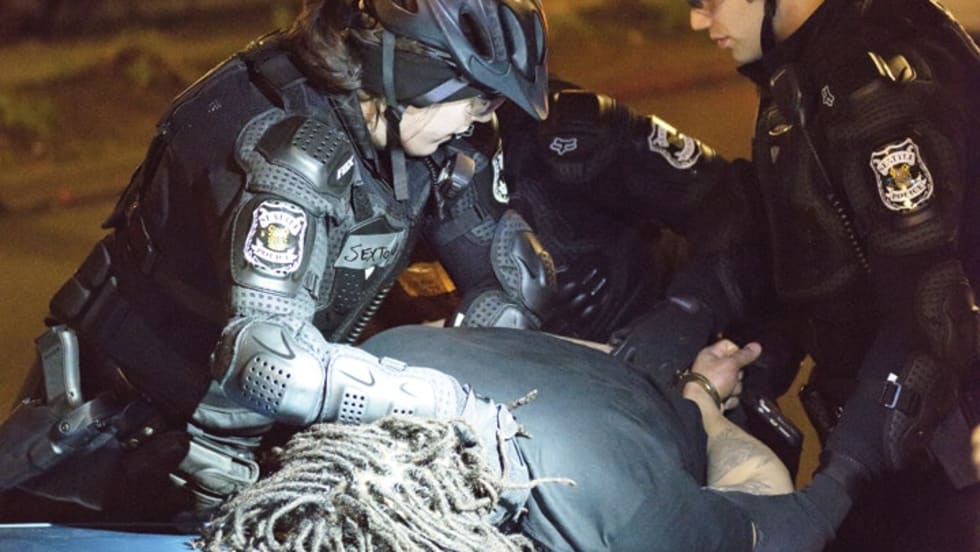
A battle is brewing among law enforcement leadership organizations about whether and how to change police use-of-force policy and training to be kinder and gentler.
Read More →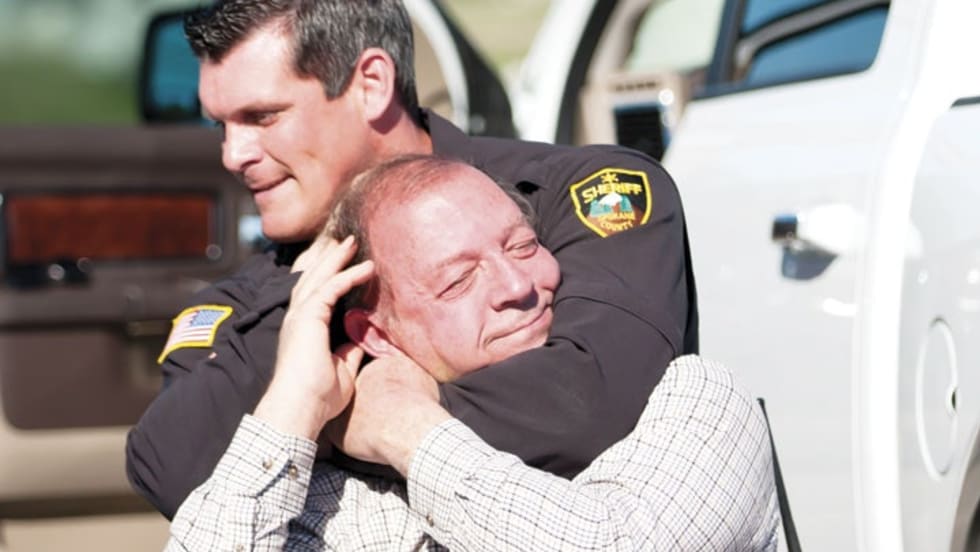
People pass instant judgment on officers' actions on video without seeming to know anything about the investigation and analysis that necessarily includes policy, training, and the laws that govern police use of force.
Read More →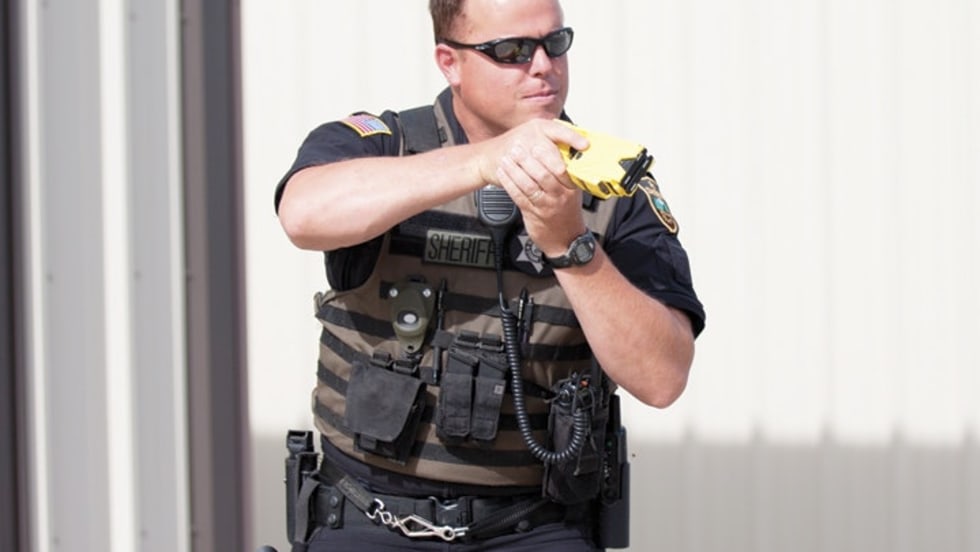
A TASER is an effective tool when the situation calls for a non-lethal approach, but to properly use it, you need to do more than just pull the trigger.
Read More →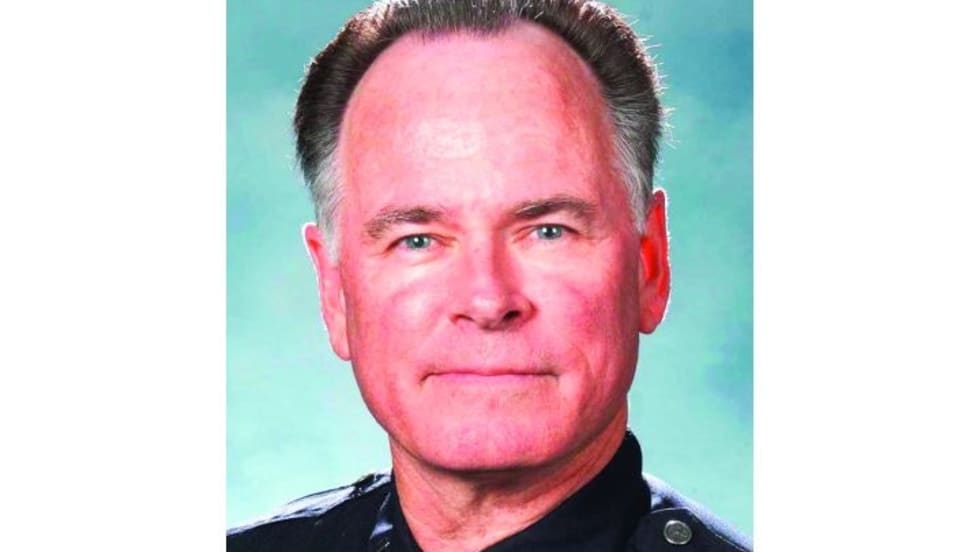
Body-worn cameras will be a game-changer, but no new law enforcement technology is the be-all, end-all "silver bullet" that people often think it will be.
Read More →